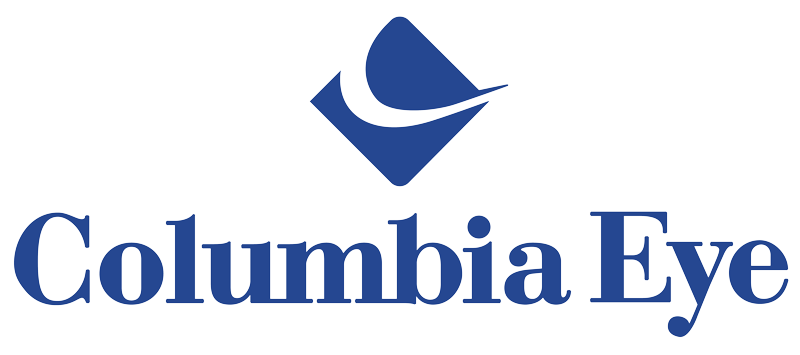When Should I Take My Child to the Eye Doctor?
 Good vision and overall eye health are vital to learning and academic success. Children’s eyes change rapidly as they grow, making regular vision screenings an important step in detecting and correcting eye problems early.
Good vision and overall eye health are vital to learning and academic success. Children’s eyes change rapidly as they grow, making regular vision screenings an important step in detecting and correcting eye problems early.
In addition to screenings for infants, the American Academy of Ophthalmology recommends further vision screening for children when they are:Pre-School age, between age 3 and 3 ½ years old
Entering school
Experiencing a possible vision problem
For school-age children, a vision screening, which is less comprehensive than a dilated eye examination by an ophthalmologist, can be performed by a pediatrician, family physician, nurse or trained technician during regular checkups. If the screening detects a problem, the child may need to see an ophthalmologist — an eye physician and surgeon.
Parents should share information about their family eye health history with the person performing the screening when possible. Examples of common eye conditions include refractive errors (nearsightedness, farsightedness, astigmatism) crossed eye, known as strabismus, and lazy eye, known as amblyopia. If crossed eye and lazy eye are not treated in childhood, they can sometimes cause permanent vision loss in one or both eyes.
Symptoms that could indicate an eye or vision problem in a child include complaints of eyestrain, headaches and squinting when reading or performing other common activities. Other symptoms to look for include a white or grayish-white coloring in the pupil, one eye that turns in or out, or eyes that do not track in sync together.
If your child plays racket sports, hockey, baseball or basketball, consider having them wear goggles or other certified protective eyewear. Eye injuries while playing sports can cause serious damage, whether by getting smacked with an elbow during basketball or hit with a hockey stick.
Visit the American Academy of Ophthalmology’s website to learn more about common childhood eye conditions.

 ANNOUNCING UPDATES TO OUR COVID-19 SAFETY PROTOCOLS
ANNOUNCING UPDATES TO OUR COVID-19 SAFETY PROTOCOLS